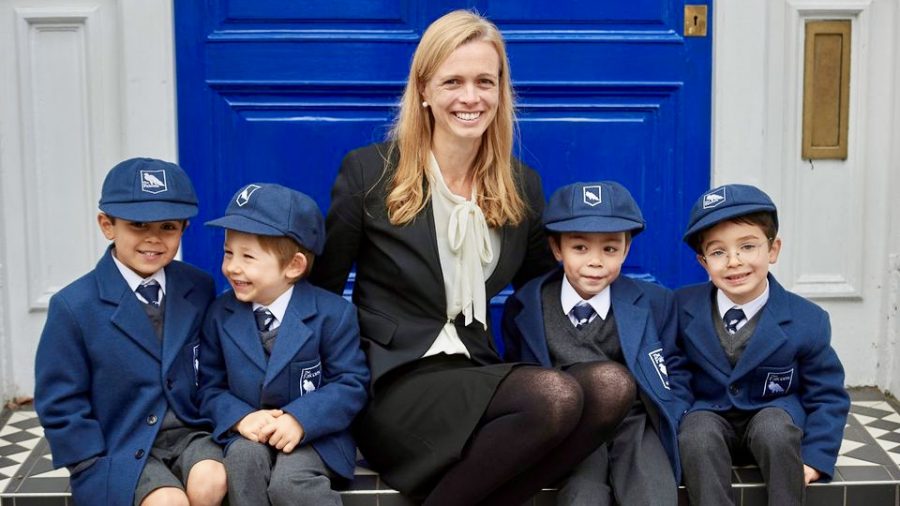How have living arrangements and marital status changed in England and Wales since 2001? And what has been the impact on Chiswick households?
Office for National Statistics (ONS)
analysis looks at 2011 Census data on both marital status (including civil partnerships) for the adult population and living arrangements for the adult household population.Noting key changes since 2001, it is summarised at national and local authority levels and comparisons are made with Scotland, Northern Ireland and other developed countries. Key points at national and local levels below.
- In England and Wales 47 per cent of adults were married (between 45-48 per cent in the UK countries). The proportion of adults in a civil partnership was highest in England (0.2 per cent), double that of the lowest, Northern Ireland (0.1 per cent).
- The single (never married) category showed the greatest proportional increase (up 5 percentage points) since 2001 for England and Wales, rising to 35 per cent (15.7 million). More people aged 30-49 were single, rising from 24 per cent in 2001 to 31 per cent in 2011.
- More than half of the adults in the household population in the UK were living as a couple in 2011 (married or cohabiting). Cohabitation levels were highest in England (11.9 per cent) and lowest in Northern Ireland (6.2 per cent).
- In 2011, 12 per cent of adults (5.3 million) in England and Wales were cohabiting, up from 9.8 per cent (4.0 million) in 2001. The increase was largest in the 40-49 age group.
- London had the highest proportion of single people, reflecting its younger age structure; the highest proportion of single people was in Islington (60 per cent).
- Widowed was the only category in England and Wales to decline in number and proportion, from 3.5 million (8.4 per cent) in 2001 to 3,2 million (7.0 per cent) in 2011, reflecting an increase in life expectancy.
Summary Infographic Interactive map
The male/female population split in Chiswick, W4.









